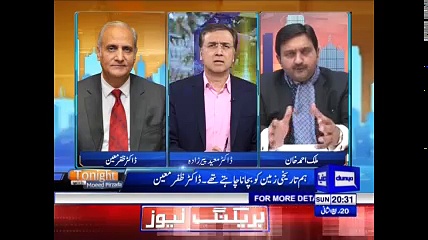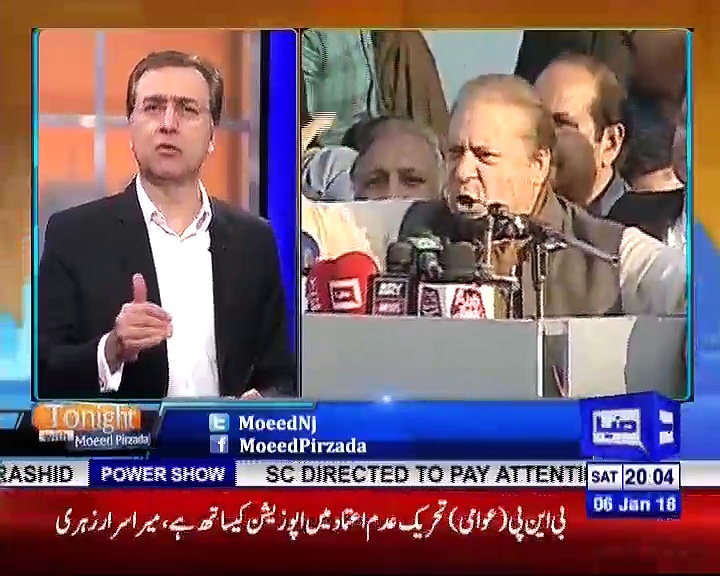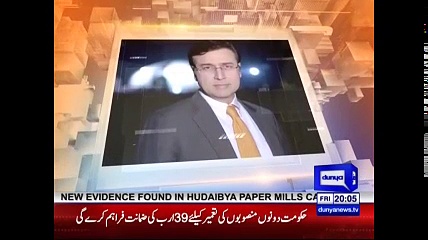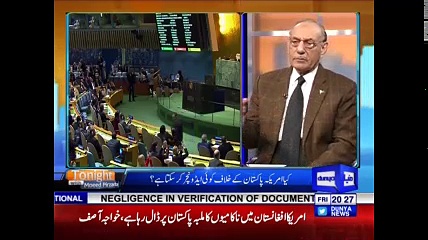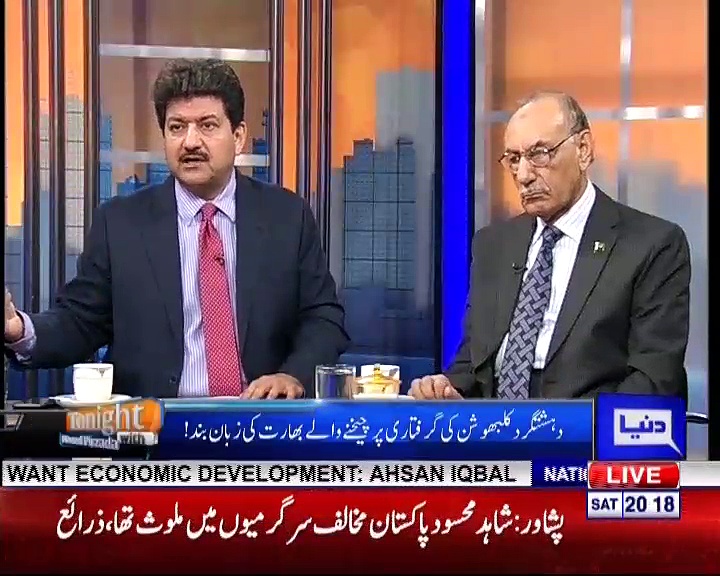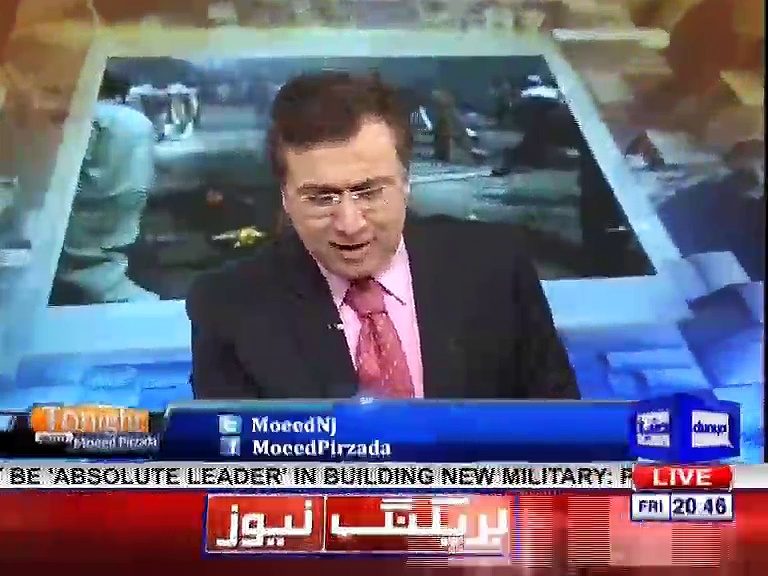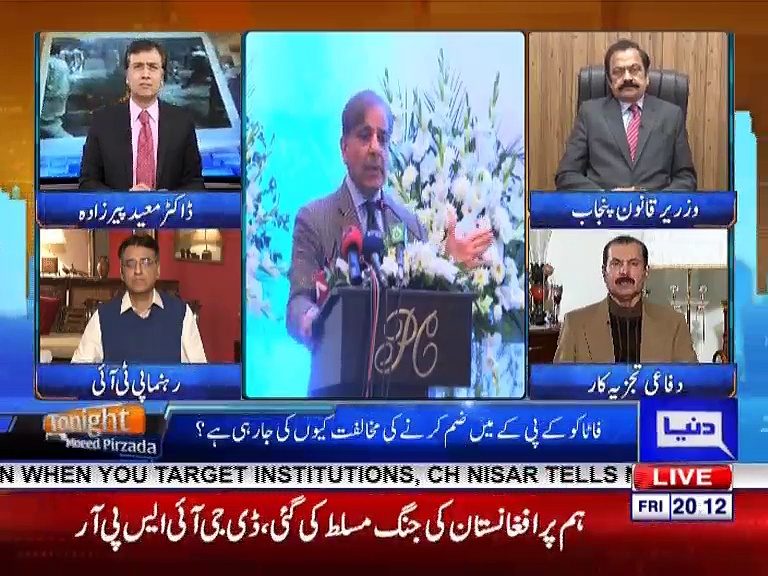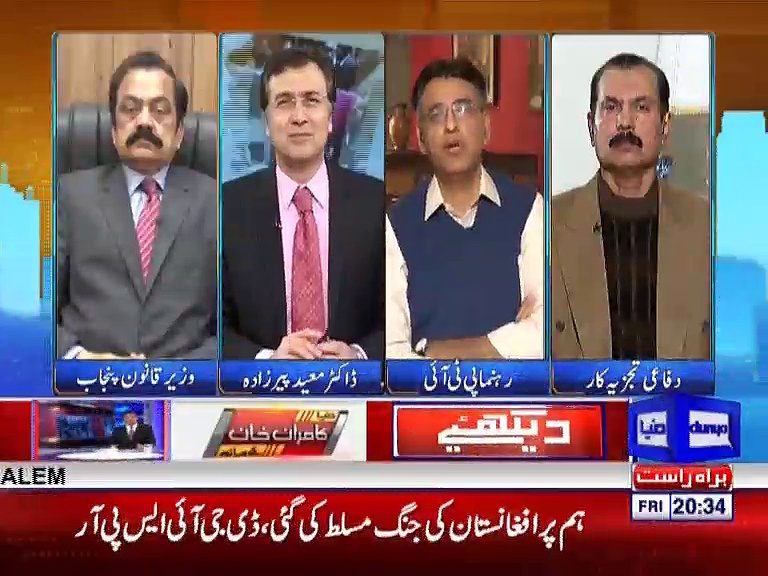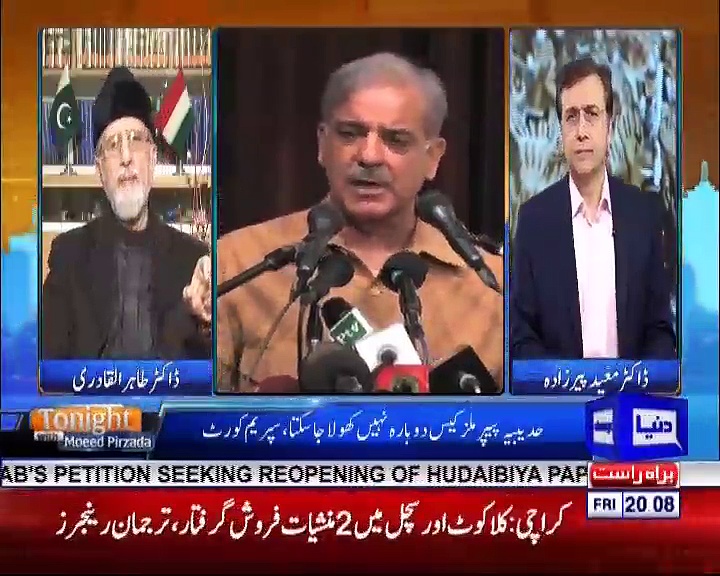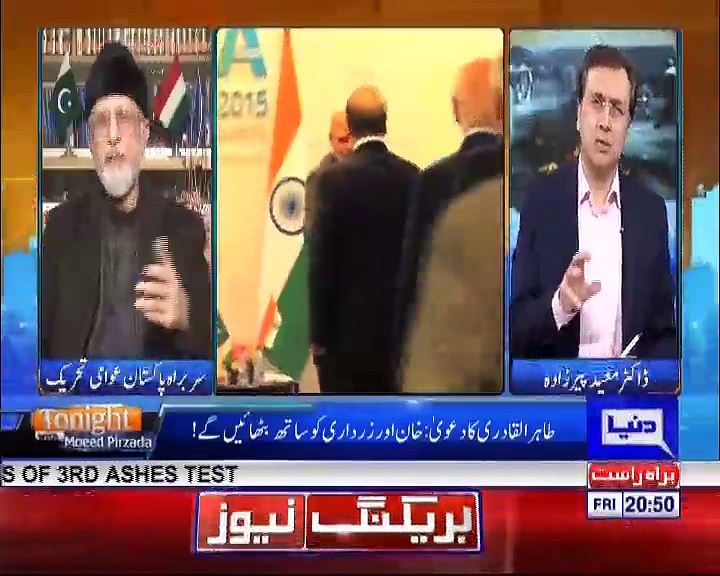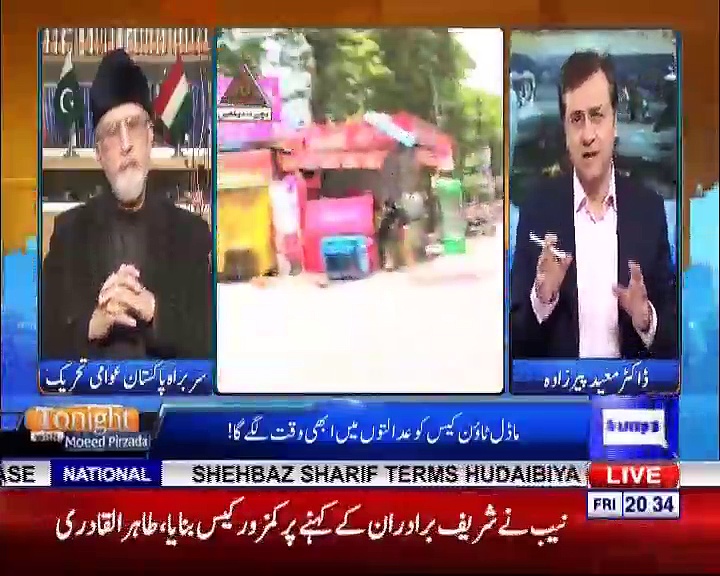Kulbhashan Jadhav had also planned attack on Pakistani Consulate in Zahedan
Dr. Moeed Pirzada
Islamabad – Indian saboteur, RAW’s Commander Kulbhashan Jadhav had also planned to blow up Pakistani consulate in Zahedan, Iran in a military style attack – Pakistani media learnt this, amidst other unnerving details in background briefings and question answer sessions organized to explain Kulbhashan’s planned meeting with his wife and mother.
RAW officer’s wife and mother will finally meet him, in Pakistan’s foreign office, on Monday December 25, amidst increasing anxiety in Pakistani political and media circles as to what Pakistani government intends to achieve – through a gesture that is being described as “pure humanitarian grounds”, but which many fear will be used by Indian government for its own propaganda purposes.
read more: Pakistan demands to see Kulbhushan Yadev retirement record
Though Pakistan’s Foreign Office, in its background briefings has denied that its under any kind of pressure from friendly western countries to provide this access, but the impression remains that this meeting is being granted under some sort of nod from the US in hope of breaking ice with New Delhi – relations between India and Pakistan have been extremely tense ever since the Hindu fundamentalist government of Narendra Modi took office in June 2014.
impression remains that this meeting is being granted under some sort of nod from the US in hope of breaking ice with New Delhi
Indian government’s motivation to capitalize on this moment can be understood. Kulbhashan Jadhav presents an unusual challenge for India’s almost three decade old narrative on Pakistan and South Asia. Indian governments and powerful political establishment in New Delhi have invested heavily into this narrative and have convinced their media, intelligentsia and public at large and through them the whole world that India is an innocent victim of Pakistani sponsored terrorism from Kashmir to Delhi to Mumbai to Kabul. Bollywood has scripted several dozen powerful movies around this theme that have further deepened the sense of “victim hood” of Indian public. Pakistani government agencies kept crying on Indian sponsorship of a proxy war, with its footprint all across Pakistan, from FATA to Baluchistan to Karachi – but no one in the world ever wanted to believe them.
Indian governments and powerful political establishment in New Delhi have invested heavily into this narrative and have convinced their media, intelligentsia and public at large and through them the whole world that India is an innocent victim of Pakistani sponsored terrorism from Kashmir to Delhi to Mumbai to Kabul.
But Jadhav, a senior officer in Indian Navy (Navy No: 41558Z), assigned to Research & Analysis Wing (RAW) from 2013 onwards, carrying carrying Indian passport (No: L9630722) was arrested from a compound in Mashkel, in Baluchistan, in an area not far from Iranian border in March 2016. A visibly shocked Indian government kept denying his existence for almost two months before admitting that he was indeed an officer with Indian Navy – but then insisted that he had retired and lived at the Iranian port of Chabahar on his own as a businessman. Diplomatic circles were planted with the idea that Pakistani ISI has seized him from high seas; social media sites in the region speculated that Afghan Taliban may have captured him and handed him to Pakistanis; after all “his carrying his passport with him on a covert mission makes no sense”.
But a Pakistani Letter of Assistance (LOA) in January 2017, before the finalization of trial against him, demanded to see evidence of his retirement from Indian Navy, statement of his former Naval Reporting officer and as to how he was in possession of an Indian passport under the Muslim name of “Hussain Mubarak Patel”, an identity he used for entering Iran. Indian government never officially responded – verbally it only demanded consular access.
But a Pakistani Letter of Assistance (LOA) in January 2017, before the finalization of trial against him, demanded to see evidence of his retirement from Indian Navy,
On the separate front, Pakistani authorities took up the matter with their Iranian counterparts who assured them that the intelligence and covert operations cell Kulbhashan Jadhav headed, at Chabahar, under the umbrella of “Kaminda Trading Company” was identified and neutralized.
read more: Indian conditions in response to Pakistan’s gesture to allow Yadev meet…
But real information poured out of Kulbhashan who had revealed his identity the moment he realized that his captors in Mashkel were ISI officers. Those familiar with the circumstances told media that he had calmly asserted in sophisticated English: “I am an officer with Indian Navy, and you need to treat me as an officer”. Realizing that his luck has ran out, and consular access will not be available to him, any time soon; information then quickly poured out of him. He told his Pakistani investigators that he joined Indian Navy in 1991, and became part of Naval Intelligence soon after the attack on Indian parliament, he started undercover operations, with Naval Intelligence, from Iranian port of Chabahar in 2003, but was not formally inducted into RAW till 2013 – however he was familiar with how the TTP attack on Mehran Base was organized by RAW in 2011; an attack in which terrorists had specifically targeted Pakistan’s expensive and limited naval surveillance capability by destroying its P3-Orion planes. (though its not clear, if he played a direct role in its organization)
“I am an officer with Indian Navy, and you need to treat me as an officer”.
Kulbhashan’s expertise lay in naval warfare; the nature of his set up, under the cover of “Kaminda Trading Company” reveals RAW’s forward strategic thinking – and a clear sense of direction. With the buildup of Gawadar port, in Musharraf’s time, Pak-China vision on regional trade integration was unfolding; RAW’s strategic mandate was to create sufficient destabilization inside Baluchistan and especially along the coastline so that Pak-China strategic design could be frustrated – and cell under Kulbhashan was just one element of that wider game plan.
RAW’s strategy included political, financial, technical and logistical support to Baluch insurgents to beef up their sabotage capacities to paralyze Pakistani law enforcement agencies, to disrupt gas installations, electricity supples, road transport, construction works and to play up with sectarian fault lines. Kulbhashan told his interrogators that how RAW encouraged, planned and facilitated attacks on Shia pilgrims to Iran – and that was to be further beefed up.
read more: ICJ verdict allows Pakistan to show the real Machiavellian India
Attack on Pakistani Consulate in Zahedan, Iran?
The military style attack planned, by RAW, on Pakistani Consulate in Zahedan, Iran, was to be implemented and later claimed by the Blauch insurgents. Events like these were not only designed to inflame the insurgency, and support by sparking popular imagination of restive sections of Baluch youth but also to create more and more bad blood between Pakistan and Iran – another goal on which RAW worked diligently; and something that has not been understood by most in Pakistani media. During one briefing, which I attended with few others, it was obvious that media persons wanted to hear critical comments on Iran’s role, but Pakistan’s Foreign Office was clear that Iran is far too important and a “No Go Area” for any comment that can be misconstrued.
But Kulbhashan till his arrest could not manage what could have been his biggest achievement.
RAW’s Strategic Plan for Mekran Coast
Cell operating under the cover of “Kaminda Trading Company” successfully directed grenade and IED attacks in areas of Gawadar, Turbat, Punjgur, Pasni and Jiwani during 2014-15, and attacks against the Radar stations as part of its overall strategy of creating a violent political insurgency. Kulbhashan has given details of the Hundi/Hawala connections, the informal network of money transactions that Indian agency operated from Mumbai to Baluchistan and Karachi via Dubai to support the insurgents like BLA, BSO and others.
But Kulbhashan till his arrest could not manage what could have been his biggest achievement. He was tasked with implementing a plan under which Baluch insurgents who are land locked away from sea board had to be positioned along the coast of Mekran. This could have transformed the nature and capacity of insurgency by providing a bridgehead, and access point from the sea side. RAW had to infiltrate 30-40 highly trained men to facilitate this process and to support the Baluch insurgents who are not the kind of hardened fierce fighters, Islamist minded Pashtun Taliban have been.
He was tasked with implementing a plan under which Baluch insurgents who are land locked away from sea board had to be positioned along the coast of Mekran.
Meeting with Alok Joshi, Head of RAW
Before his arrest, Kulbshan was reporting to Anil Kumar Gupta, Joint Secretary RAW and with him he met, Alok Joshi, IPS and IB officer, who headed RAW between 2012 and 2014. Plans of Mekran coast destabilization were discussed – the plans that could not be completed and perhaps forced Kulbhashan to take undue risks. It is believed that, by beginning of 2016, his Baluch insurgent contacts were effectively penetrated by Pakistani ISI and he was lured into the meeting in which he was seized in March 2016.
Wife & Mother: Media Talk in Islamabad?
Pakistan Foreign Office has offered Indian government that Kulbhashan’s mother and wife can talk to media (Pakistani, Indian and International Media in Islamabad) after the meeting, but it looks unlikely that Indian government will allow that. This episode is the first chink in New Delhi’s narrative war and the mandarins in South Block must be thinking hard how to wriggle out of it. Pakistani foreign office is eagerly waiting for whatever position South Block will adopt after the meeting.
Note from the Editor: This report is the result of writer’s several separate interactions; background briefings from Pakistani law enforcement, intelligence and Foreign Office; no fact can be ascribed to any single agency.
